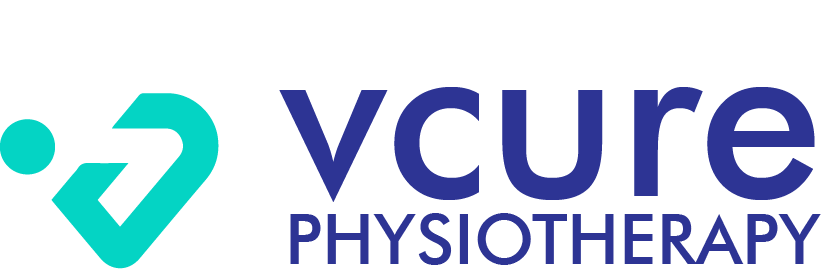Introduction-
Our mandible bone forms the Temporomandibular joint. The joint helps us to perform activities such as talking, chewing and also yawning. The repeated and high-level stress created by these activities are thus tolerated by the articular cartilage.
What are the causes of joint dysfunction?
The causes of mechanical imbalances can be many. These include malocclusion, any dental problems, faulty joint mechanics, also bite imbalances leading to asymmetrical forces at the joint. Moreover, Other causes are muscle spasm, sinus problems, postural dysfunction, excessive stresses arising out of biting or chewing hard food, sustained trauma in which mouth opening is held for prolonged periods as in some dental procedures, etc.
Poor orofacial habits also play a role in aetiology which include bruxism, nail biting,
intensive gum chewing, poor oral hygiene smoking, open mouth breathing etc.
Signs and Symptoms:
3 main features are- pain, reduced mouth opening, joint clicking.
Other symptoms include tenderness, headaches, neck stiffness, etc.
Site of pain:
Pain in TMD may occur from a variety of sources. These include local pain around the jaw,
in the ear, or also at the posterior region of the joint. Myofascial pain is pain arising due to
muscle spasm which is usually described as headaches or facial pain.
Tensed cervical (neck) muscles may also lead to pain which is usually referred. Patients with
neck pain usually respond by bruxism.
How can a Physiotherapist help?
A physiotherapist can help you to diagnose joint dysfunction if you have recurrent episodes
of pain in your jaw also along with restricted mouth opening.
Treatment includes a variety of jaw exercises, relaxation exercises, muscle release, breathing
Exercises, postural exercises, isometric exercises and a lot more. These are very simple and
Effective and do not cost a lot of your time.
How will these actually help?
Simple jaw exercises are aimed to reduce pain by increasing circulation. There is washout of
metabolites with an increased blood flow promoting muscle relaxation and pain reduction.
Isometric exercises are performed for a group of muscles so when one group contracts the
antagonist group relaxes and thus helps in relieving pain.
Isometrics increase intramuscular pressure in proportion to muscle tension and thus helps
muscles to relax. This relaxation is also caused due to increased synthesis of actin myosin
and cellular ATP, increased muscle metabolism and strength which helps to increase the
mobility.
Exercises are known to stretch the fibrous bands and thus help increasing mouth opening by
reducing TMJ stiffness. As adhesions are loosened extensibility and tensile strength of the
articular tissues is maintained, thus causing soft tissue relaxation and improving mobility.
Strengthening jaw muscles helps to keep a balance between strength and function of right and
left TM joints. Exercises promote proper jaw rest position through proprioception and help
establish normal jaw opening at rest as well as during mouth opening, thus improving
neuromuscular control.
Evidence:
Multiple researches have been conducted which have proved the efficiency of exercises in
reducing joint dysfunction at the jaw and promoting better oral health by improvising the
symptoms and reducing pain.
Fact :
DID YOU KNOW?
The prevalence of TMD is more common in females because of factors such as hormonal
influences and greater stress levels in women.
Also read- https://vcurehealthcare.com/heel-pain-read-about-plantar-fascitis/





